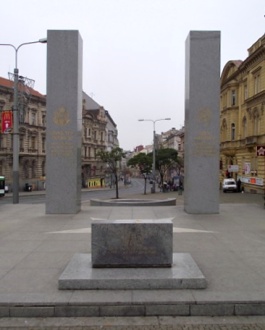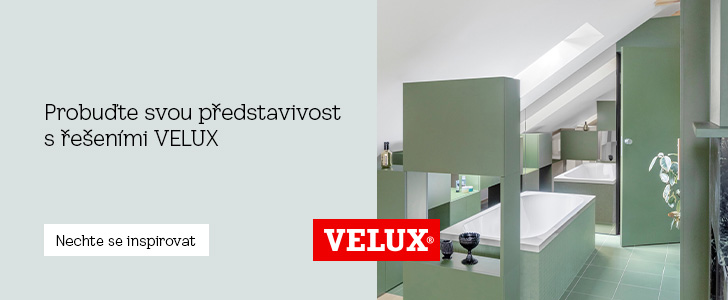
The cracked Pilsen monument Thank you, America! will be demolished
Plzeň - The monument Thank You, America! in Plzeň, damaged by deep cracks, will likely have to be demolished. This is indicated by preliminary results from the measurements of both over 12-ton granite pylons, carried out by restorers and structural engineers at the end of February. The right pylon has a visible crack, while the second pylon closer to Americká třída is in much worse condition, stated today's Plzeň Daily.
"We expect an official statement, but considering the partial reports, it seems that it would be worth demolishing both pylons with a jackhammer and replacing them with new granite blocks," said the mayor of the third district, Radislav Neubauer (ČSSD). Even if the repair of the damaged pylon turns out to be feasible, it would only be definitively safe after the exchange of blocks, according to the mayor. This would mean a multimillion investment and probably also disputes about the new appearance of the monument.
"It would be a political decision," believes the designer of the current monument, architect Jan Soukup. He is one of the members of the team of experts who are evaluating the measurements taken in the pylons. For now, he has proposed their bandaging.
"It's a disaster," said Mayor Martin Zrzavecký (ČSSD). He wants to wait for the experts' verdict before making a final decision. He acknowledges, however, that this may complicate this year's Celebrations of Freedom. In particular, the commemorative act at the monument, which is already surrounded by barriers for safety.
A replacement solution would be to move the event to the monument unveiled last year to General Patton in the park area near the Grand Theatre. It features the general's profile and has caused a stir among the public. The city hall has already announced that the traditional Convoy of Liberty of historical vehicles will be missing from this year's May celebrations.
The granite for the monument was extracted from the Řásná quarry near Mrákotín, and the stone blocks were donated to the city by a private company after the revolution. The cornerstone of the monument was laid back in 1990.











